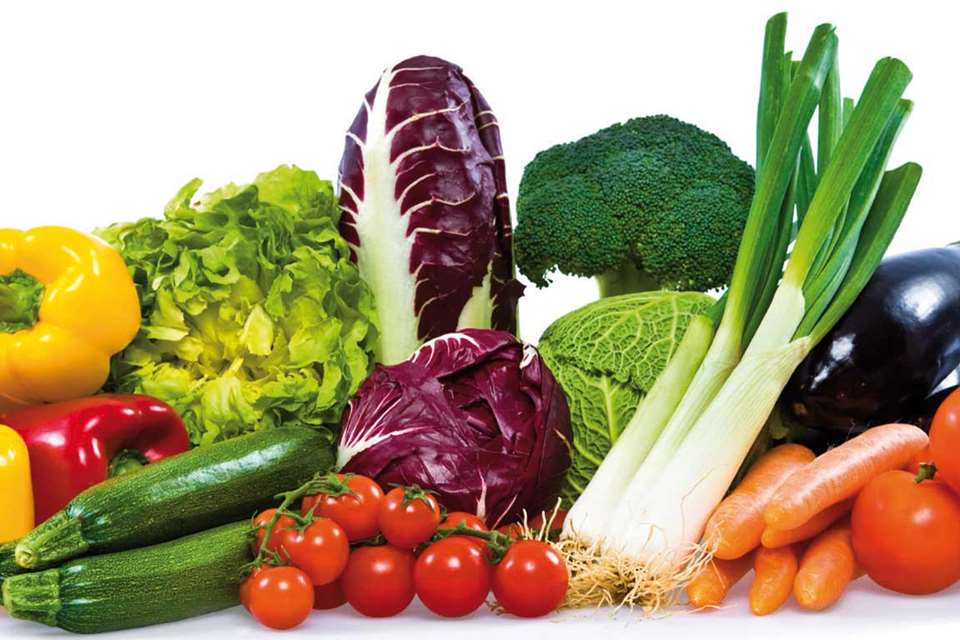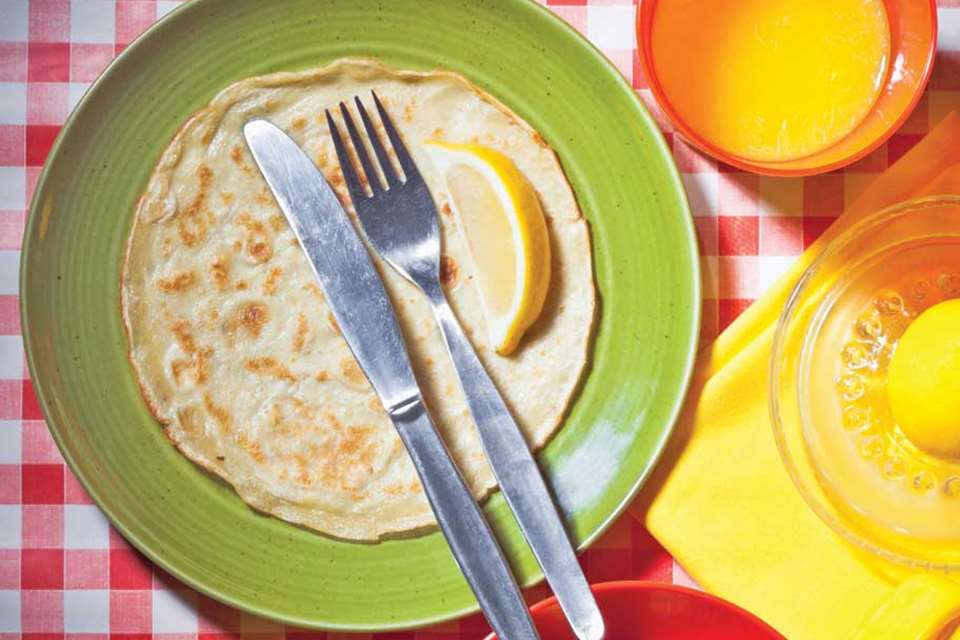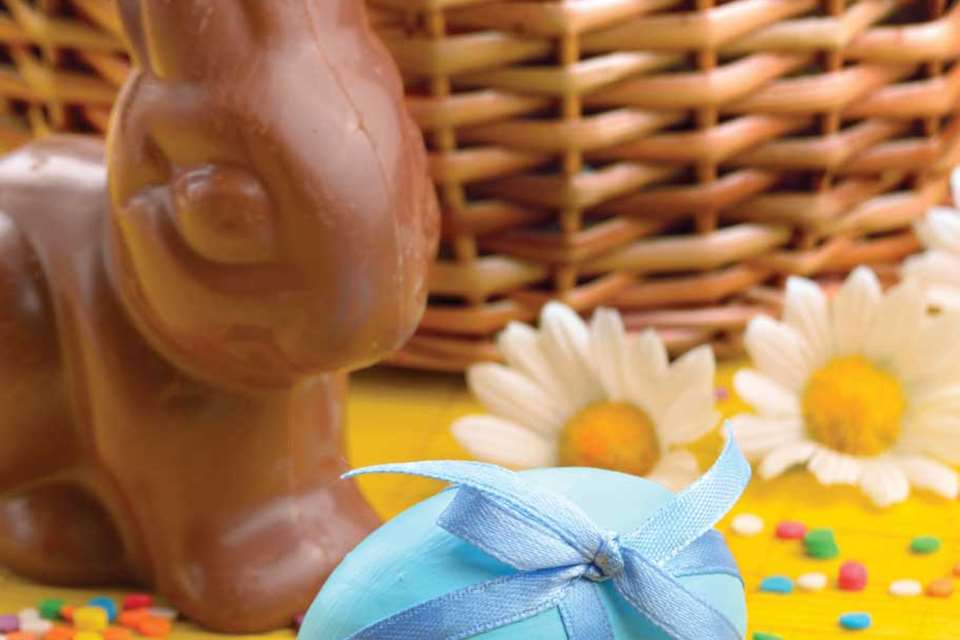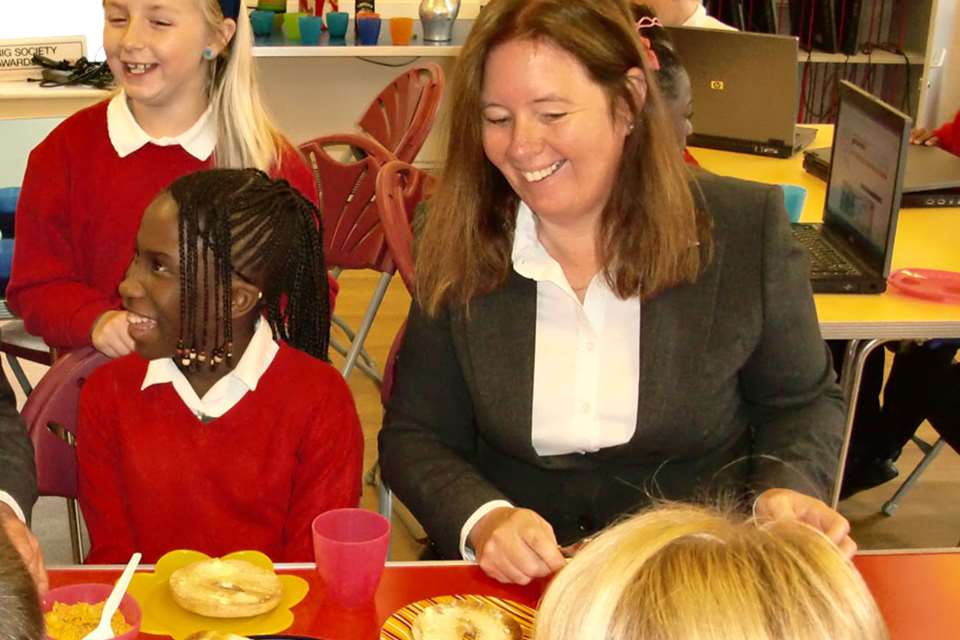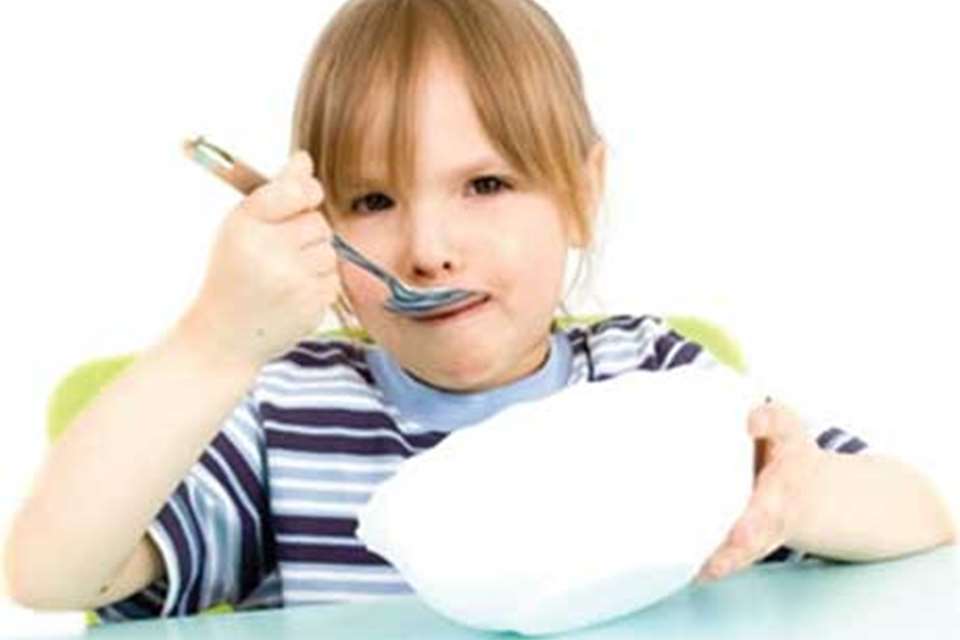Enabling Environments: Let's explore... breakfast.
Marianne Sargent
Monday, August 25, 2014
The most important meal of the day can offer inspiration when looking at subjects like world cultures and health, says Marianne Sargent.
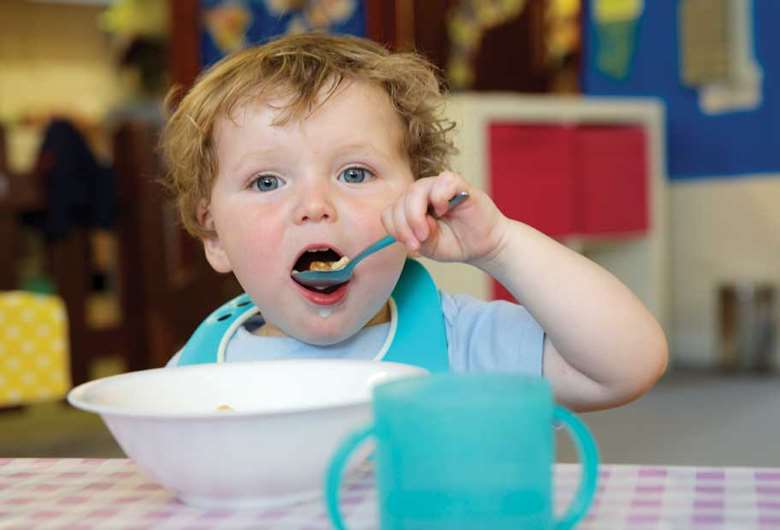
Breakfast is widely regarded as the most important meal of the day. In Britain, people eat a wide variety of foods for breakfast and this makes it a good theme for exploring a number of subjects.
There are opportunities to find out about the growth and production of cereals, what various foods contain, the benefits of choosing healthy cooking methods and the eating habits of people from different cultures.
Here, we offer ideas for activities that involve preparing and tasting different foods. Check for allergies among children in your setting and read the ingredients carefully before offering anything unusual to the children. Plan to provide vegetarian alternatives and be mindful of any religious beliefs or customs that might prevent the use of particular products, such as pork, in cooking.
A GOOD START
Read All About Cereals by Vic Parker and use it to explain why breakfast is the most important meal of the day.
Adult role
- - Use the book to find out how cereals are grown and processed.
- - Explain that cereals contain protein, vitamins, fibre and carbohydrates. Discuss why these are important as part of a healthy balanced diet. Point out that it is due to these many benefits that cereals are a popular breakfast choice all over the world.
- - Ask the children if they eat boxed breakfast cereals in the morning. If so, what do they eat? Which are their favourites? Point out that toast is also produced from cereals.
- - Show the children a variety of boxed breakfast cereals, including healthy and unhealthy options. Read the ingredients on the packets. Look at the nutritional information and point out how much sugar and salt each box contains. Talk about which cereals are more likely to give longer lasting energy that will set you up for the day.
- - Help the children sort the cereals into healthy and unhealthy groups.
Learning opportunities
PSED: Expresses own preferences.
CL: Beginning to understand 'why' and 'how' questions.
PD: Knows the importance of a healthy diet for good health.
A HEALTHY FRY-UP
Prepare a healthy fry-up together.
Adult role
- - Work with the children in small groups. Explain that you are going to prepare a traditional English breakfast. Ask the children if they have ever had an English breakfast before. Do they know which foods are usually in a traditional English breakfast?
- - Show the children the various foods. Talk about sausages and what goes in them; ask the children about different ways to cook eggs; explain what black pudding is; find out if the children know where bacon comes from.
- - Can the children identify which of the foods are healthy or unhealthy and explain why?
- - Ask the children if they know how to cook any of the foods. Talk about different methods of preparation and cooking. Explain the difference between frying in contrast to grilling and poaching. Can the children tell you which methods are healthier and why?
- - Invite the children to help you prepare a healthy English breakfast. Grill the bacon, black pudding and sausages; poach the eggs; and fry the tomatoes and mushrooms in a non-stick pan with a very small drizzle of olive oil.
- - Share the breakfast and talk about how it tastes.
- - Prepare a vegetarian alternative for children who do not eat meat. Involve the other children - talk about vegetarianism, discuss the options available and highlight the potential health benefits of eating vegetarian food.
Learning opportunities
CL: Beginning to understand 'why' and 'how' questions.
PD: Knows the importance of a healthy diet for good health.
UW: Can talk about why things happen and how things work.
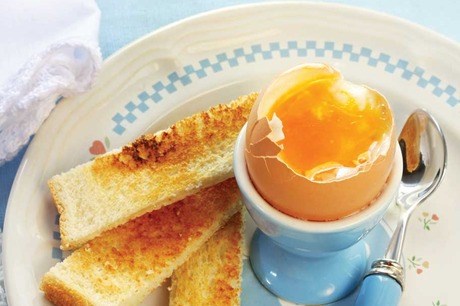
GREASY SPOON
Set up a role-play cafe where the children can serve breakfast.
Adult role
- - If possible, take the children in small groups to visit a local cafe that serves breakfast.
- - Look at the menu and point out the various options and choices. Help the children decide what they want and place an order.
- - Talk about how everything works. Does someone come to the table to take your order or do you have to go to the counter? Are you given an order number? Do you collect your own cutlery or does it come with the food? Do you pay for your food before or after eating? Does someone bring the bill to the table or do you have to go to the counter to pay?
- - Back at the setting, involve the children in setting up a role-play cafe. Reflect on your cafe visit. Ask the children what they need and allow them to plan the layout. Talk about what food they would like to serve and help them make menus.
- - Join the children's play and talk to them about their different roles.
Learning opportunities
CL: Express themselves effectively showing awareness of listeners' needs.
UW: Can talk about why things happen and how things work.
EAD: Engages in imaginative role play based on first-hand experiences.
BREAKFAST FOODS AROUND THE WORLD
Prepare a variety of breakfast foods from other countries and serve them at the snack table.
Adult role
- - Prepare traditional breakfast foods from a different country each day.
- - Try the following countries and foods: Japan - miso soup, rice mixed with egg and flavoured with Japanese rice seasoning (furikake) and pickled plums; USA - pancakes, fruit and maple syrup; France - croissants, baguette, butter and jam; China - savoury rice porridge; India - flat breads (roti), crepes made of lentils (dosas), dips, chutneys and spiced potatoes; Switzerland - muesli; Thailand - sticky rice with stir-fried vegetables and meat or fish.
- - Either station an adult at the snack table, or eat together in groups or as a whole setting.
- - Each snack time, introduce the various foods on offer. Explain where in the world people eat the foods for breakfast. Point out the country on a globe and show the children pictures of people from the country eating breakfast.
- - Point out where the cereals are in each breakfast. Can the children remember why cereals are a popular choice?
- - Encourage the children to talk about the food. What does it taste like? What do the different textures feel like in their mouths? Which is their favourite or least favourite? What do they usually eat for breakfast? Would they prefer any of these to their usual breakfasts? Can they identify which are healthy and unhealthy?
- - If you care for children from different cultural backgrounds, ask them to tell everyone what they eat for breakfast.
Learning opportunities
PSED: Expresses own preferences.
PD: Knows the importance of a healthy diet for good health.
UW: Knows about similarities and differences between themselves and others and among families, communities and traditions.
SONGS, RHYMES AND GAMES
Breakfast tray game
- - Put some breakfast items - such as fruit, cereal, a bowl, a spoon, a milk carton, orange juice, toast and jam - on a tray. Cover them with a tea towel. Uncover the tray for one minute so the children can memorise what is there. Re-cover the tray and see if the children can remember what they saw.
- - Vary the game by removing items and asking the children if they can tell you what is missing each time.
Ten Fat Sausages counting rhyme
Try the following rhyme:
Ten fat sausages sizzling in the pan,
One went pop and one went bang!
Repeat with eight sausages and continue until there are none left.
MORE IDEAS
- Invite the children to bring in photographs of breakfast time at home for a display.
- Invite parents from different cultural backgrounds to prepare a traditional breakfast at the nursery.
- Make pancakes.
RESOURCES
A good start: a variety of healthy and unhealthy breakfast cereals.
A healthy fry-up: bacon, eggs, sausages, black pudding, bread, baked beans, fresh tomatoes and mushrooms, olive oil, saucepan, frying pan, cooker with grill, poaching spoon, plates and cutlery.
Greasy spoon: role-play tables, chairs, crockery, cutlery, cooking utensils, cooker, fridge, sink, food, small note pads, pens, pencils, till, money, wooden spoons with painted numbers, chef and waiter costumes.
Breakfast around the world: plates, cutlery, globe and pictures of people eating breakfast from the internet. For the food, look in the world food sections of major supermarkets or check Asian supermarkets.
BOOKS
Pancakes for Breakfast by Tomie dePaola - wordless picture book about a little old lady who is struggling to make her breakfast.
The Prince's Breakfast by Joanne Oppenheim and Miriam Latimer - a king and queen struggle to find foods for their fussy son to eat.
All About Cereals, All About Dairy and All About Fruit by Vic Parker - explains how fruit and cereals are grown and processed, and how dairy products are produced. The books include recipes.
See How Plants Grow by Nicola Edwards - information books, one on fruit and one on cereals, explaining how plants produce food.
The Magic Porridge Pot by Tania Hurt-Newton - rhythmical rhyming version of the traditional tale.
Goldilocks and the Three Bears by Amanda Askew - illustrated picture book version with teacher notes.
Marianne Sargent is a writer specialising in early years education and a former foundation stage teacher and primary and early years lecturer


